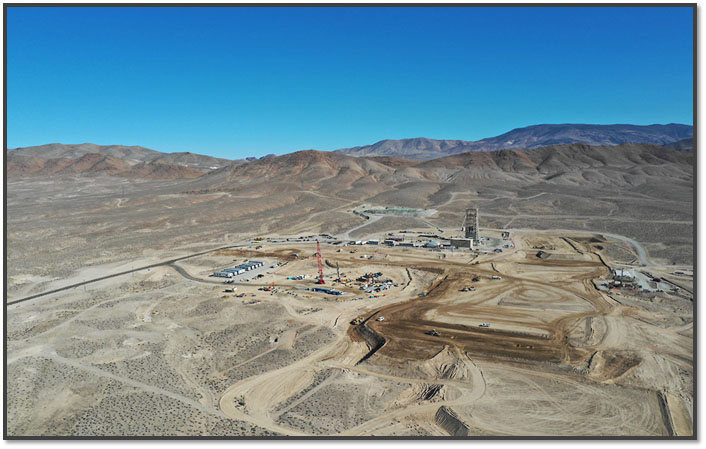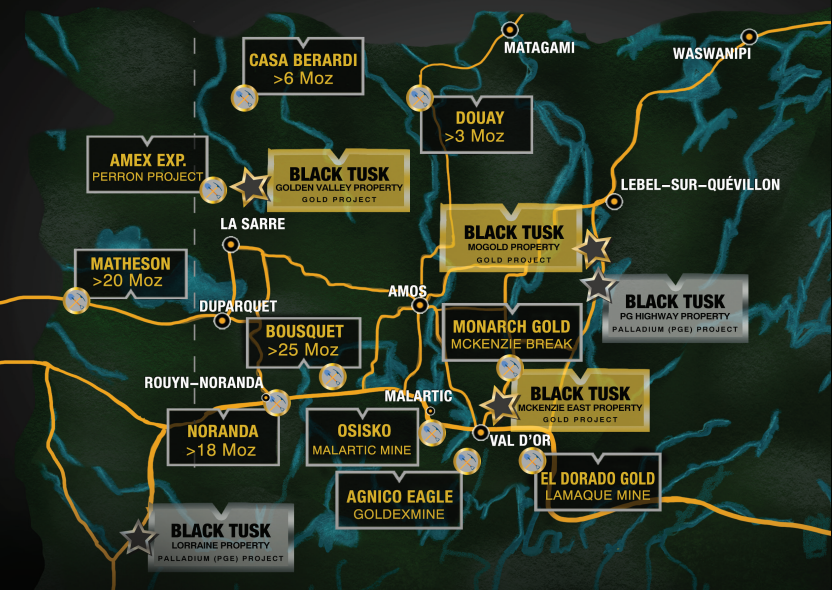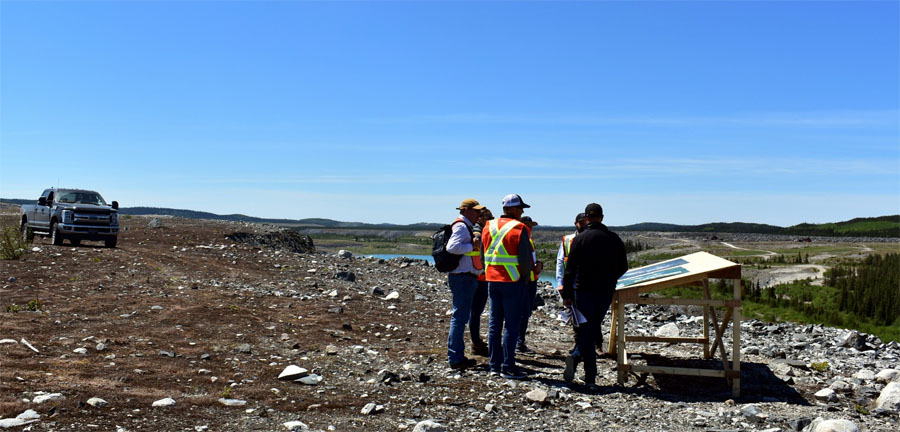"Based on our analysis, we do agree that these metals should be considered critical and we believe that these metals run the risk of being in critical short supply in the near future," Lara Smith, managing director of Johannesburg-based Core Consultants, told the conference.
Smith noted that rare earths have become a political and legislative issue since China decided to reduce export quotas by 40% in 2010. In December China opted to keep the quota at similar levels to the second half of 2011, "a signal to the market that they wish to continue their stranglehold on the market while insuring stable prices," she said.

Of 16 rare earth elements, only five of them—dysprosium, terbium, europium, neodymium and yttrium—are critical and face a looming shortage, Smith said. A deficit of these materials would impact a number of key industries, including solar panels, fluorescent bulbs, electric car batteries and wind turbines, she noted.
Recently, Core Consultants undertook a study quantifying requirements for the rare earth elements in each of these industries, from which the conclusions presented at the conference were drawn.

"We expect that by 2015 nearly 3,000 tonnes of neodymium oxides and dysprosium oxides will be needed," Smith said. "Again, by 2015, almost 12,000 tonnes of neodymium will be needed for wind power, as the sector is expected to grow from the current 153,000 megawatts (MW) to 381,000 MW, owing to increased capacity from China.
"The photovoltaic market is expected to increase by 14,500 MW over the next three years, which will of course increase pressure on demand for yttrium. Plus the fluorescent market is expected to require 2,500 tonnes of rare earth oxides by 2015."
Smith said her firm’s consideration of current production and announced rare earth mining projects took into account contained rare earth metals and whether those projects are likely to come on stream or whether the geology is even minable or extractable.
"If you consider all the rare earths, then we project a surplus market by 2014," Smith said. "However, if you consider only the aforementioned critical rare earths—the five which we discussed earlier—even our most optimistic projection leads us to the conclusion that the market will be in deficit by some 20,000 tonnes as early as 2015."
Philip Burgert, Resource Investor
Phil Burgert is managing editor of ResourceInvestor.com. He can be contacted at pburgert@resourceinvestor.com.



























































